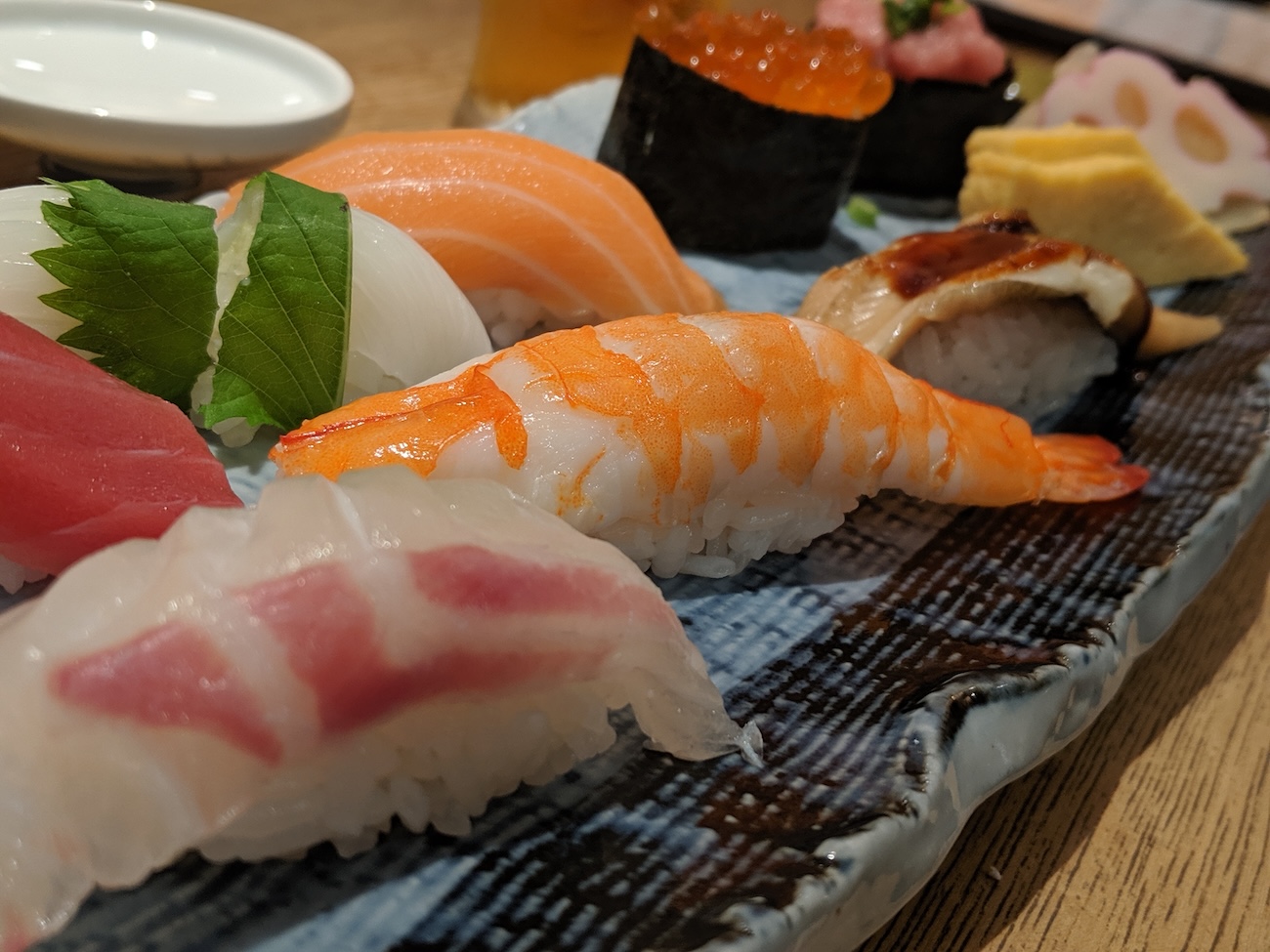Sushi. The word alone conjures images of meticulously crafted nigiri, gleaming fish atop perfectly seasoned rice, and perhaps, a hushed, high-end restaurant experience. For many outside Japan, this is the primary lens through which sushi is understood. However, the reality of sushi consumption in Japan is far more nuanced and, frankly, a lot less intimidating. Forget the stereotypes and the sometimes exorbitant price tags; let’s dive into the real world of sushi in Japan, where conveyor belts reign and home-rolled versions are a rarity. (By MIKI, a Japanese travel writer)
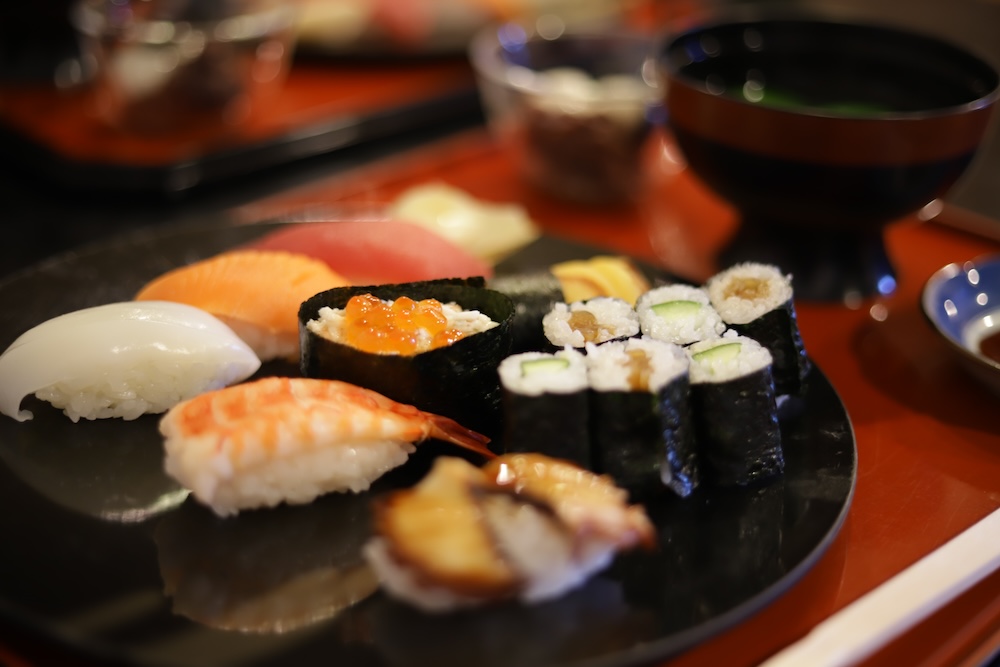
The Myth of the Home Sushi Chef
One of the biggest misconceptions is that Japanese people are constantly making sushi at home. While some might dabble in the art of makizushi (rolled sushi) for a special occasion, the idea of whipping up a batch of nigiri for dinner is quite uncommon. The skill, the effort to gather a variety of ingredients, and the preparation time involved are just not everyday fare. Think of it like expecting every American to be a pitmaster – while some are, it’s not the norm.
Why Not Home Sushi?
-
Specialized Skill: Crafting perfect nigiri takes years of training. The rice, the fish, the delicate balance – it’s not something you can just pick up easily.
-
The Need for a Variety of Fish: Nigiri sushi typically requires 9-10 types of seafood. It’s not easy to prepare these in small amounts at home.
-
It’s Cheaper to Eat Out: Preparing 10 types of fish and going through the effort of making sushi at home is much more expensive than eating at a conveyor belt sushi restaurant, making it pointless to prepare it at home.
The Everyday Sushi Experience: Beyond the Exquisite
So, if not at home, where do Japanese people get their sushi fix? The answer, overwhelmingly, is restaurants. And contrary to what you might see in glossy travel magazines, most Japanese people aren’t regularly dining at Michelin-starred establishments.
Kaiten-Sushi (Conveyor Belt Sushi): The King of Convenience
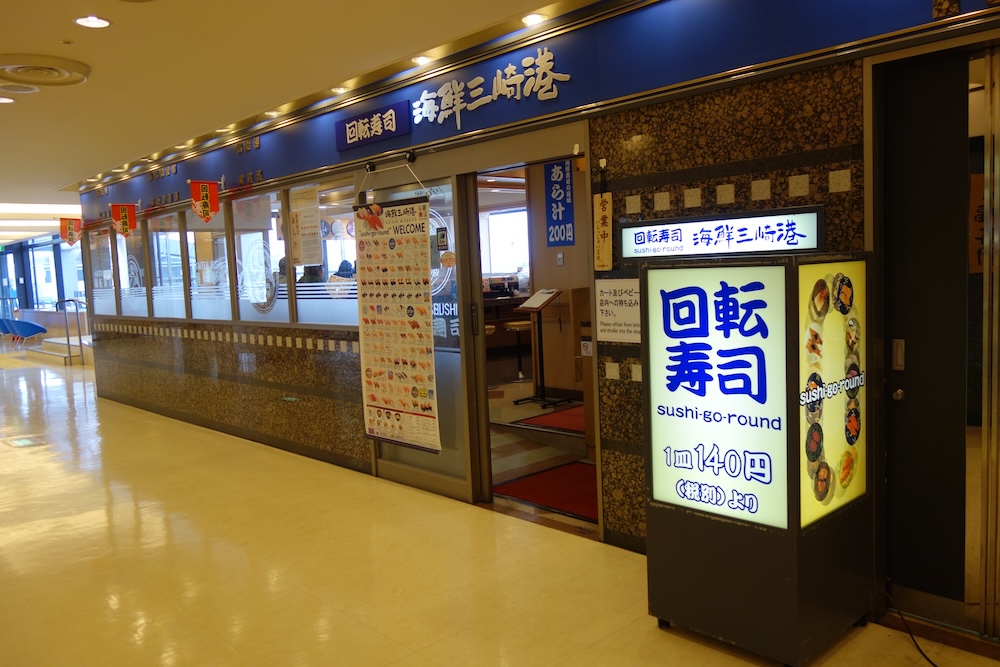
-
The Revolving Revolution: Kaitenzushi (conveyor belt sushi) restaurants are ubiquitous, offering a casual, affordable, and fun dining experience. Plates of different colored items revolve on a conveyor belt for you to pick what you want.
-
Price Point Paradise: You can expect to pay around 100-200 yen per plate, making it an accessible meal for everyone.
-
Family Fun: Kaitenzushi is popular among families and friends, making it a social and enjoyable outing.
-
Famous Chains: Some popular kaitenzushi chains include Sushiro (known for its variety and innovative offerings), Kura Sushi (popular for its interactive games and dishes delivered by a mini-bullet train) and Hama Sushi (a well-balanced chain with a broad menu). They’re not just for budget-conscious diners; they provide a fun and diverse range of options.
-
Beyond Basic: While often inexpensive, conveyor belt sushi has come a long way from basic fare. You’ll find everything from classic tuna and salmon to more creative offerings like tempura sushi and even desserts.
Unpretentious Neighborhood Sushi Joints
Beyond the conveyor belt, you’ll find a vast number of smaller, independent sushi restaurants dotted throughout the country.
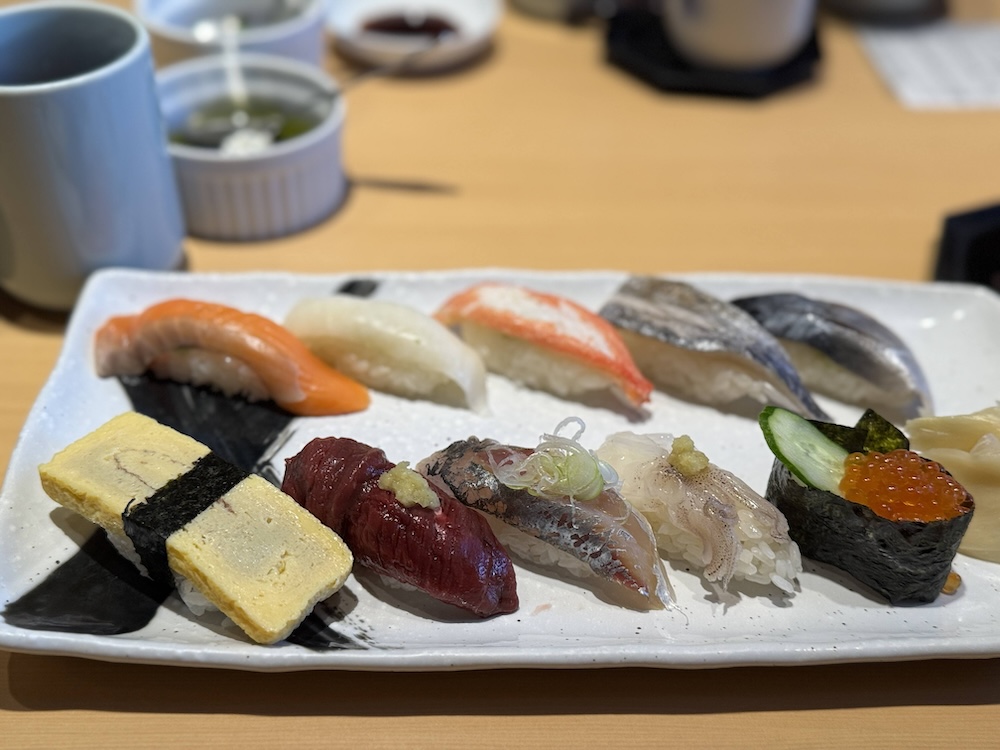
-
The Local Experience: These often family-run establishments provide a more intimate and personalized dining experience than the big chains.
-
The Price is Right: A satisfying sushi meal at these spots might cost around 1,000-3,000 yen, making it a good choice for a relaxed evening out.
-
Quality Without the Pretense: You will experience fresh and delicious sushi without breaking the bank, and they focus on the quality and taste of the food over unnecessary theatrics.
These low-priced sushi restaurants in residential areas are recently called ‘machi-zushi’ (meaning sushi restaurants in one’s own town) and are booming among the general public.
High-End Sushi: A Rare Treat, Not the Everyday
Now, let’s talk about the high-end sushi restaurants, the ones you see featured in documentaries and Instagram feeds. Yes, they exist, and yes, they are incredibly impressive, but they’re not the norm for the average person in Japan.
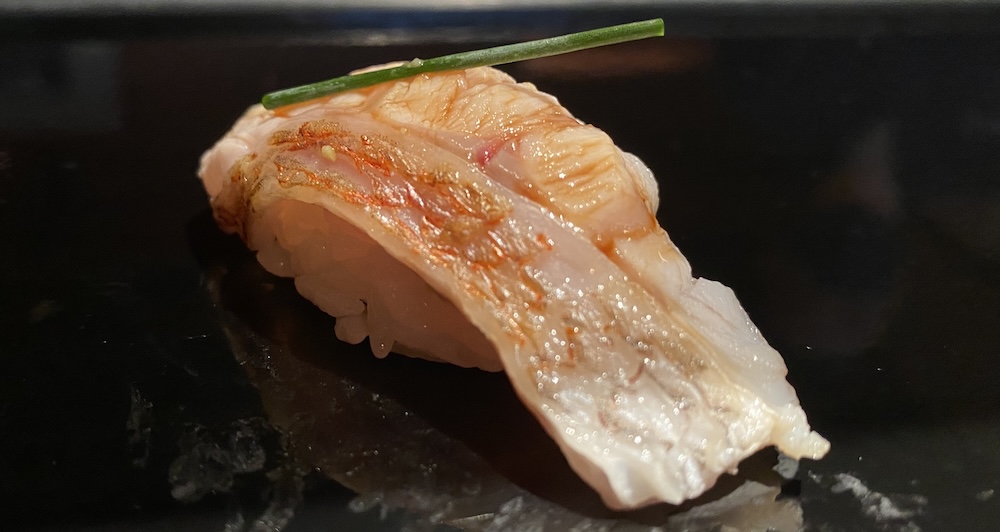
The Ginza Experience
-
The Pinnacle of Sushi: High-end sushi restaurants, especially those in districts like Ginza in Tokyo, are the equivalent of fine dining establishments.
-
Price Point Considerations: Expect to pay around 40,000-50,000 yen (or considerably more) for a set course, and usually requires a reservation.
-
Beyond the Plate: The experience at these restaurants is not just about the food; it’s about the ambiance, the chef’s expertise, and the overall ritual of dining.
-
Special Occasion: It’s a destination for special occasions, business dinners, or when you really want to indulge.
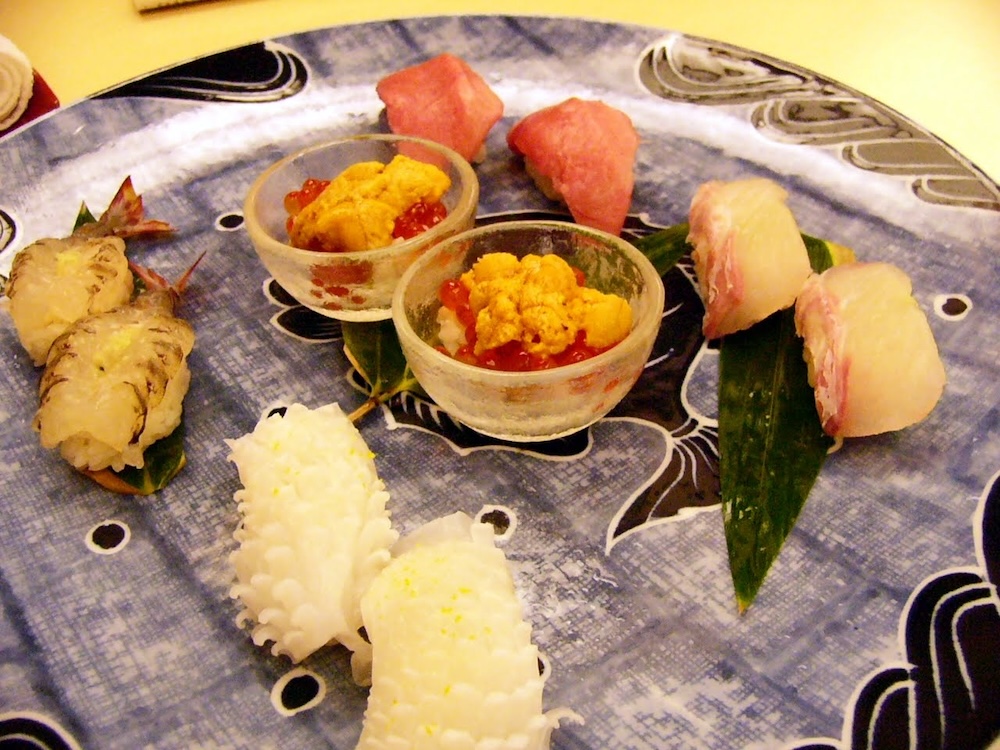
The Art of Omakase
-
Trusting the Chef: Many high-end sushi restaurants offer omakase (chef’s choice), where the chef creates a personalized menu based on the freshest seasonal ingredients.
-
Elevated Flavors: The ingredients used in high-end sushi are of exceptional quality, often sourced from specific regions, and the preparation is incredibly precise.
Conclusion: Dispelling Misconceptions and Embracing the Diversity of Sushi
There are primarily two misconceptions that foreigners have regarding sushi in Japan: the idea that Japanese people make sushi at home and the perception that sushi at restaurants is always high-end. However, these are incorrect. We rarely make sushi at home, and we do not always eat high-end sushi.
The author has lived in Europe for the past few years and is often surprised to find that most sushi restaurants only offer tuna and salmon. Our joy of eating sushi comes from the wide variety of 30 to 50 different types of fish and shellfish, and from the deliberation of what to eat today.
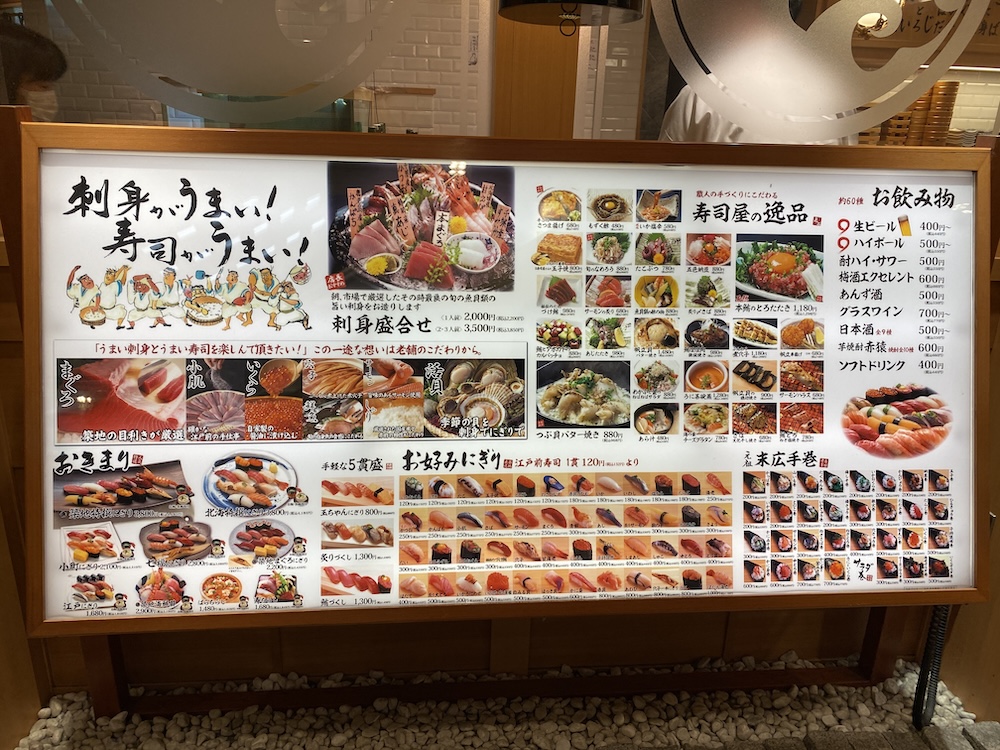
If you have the opportunity to visit Japan, please enjoy this wealth of options and experience the diverse world of sushi. It will surely overturn your preconceptions about sushi.
What's Your Reaction?
Trip Planner Japan's Webmaster. love solo travel, photography, history, nature, foods, architecture, handcraft.

